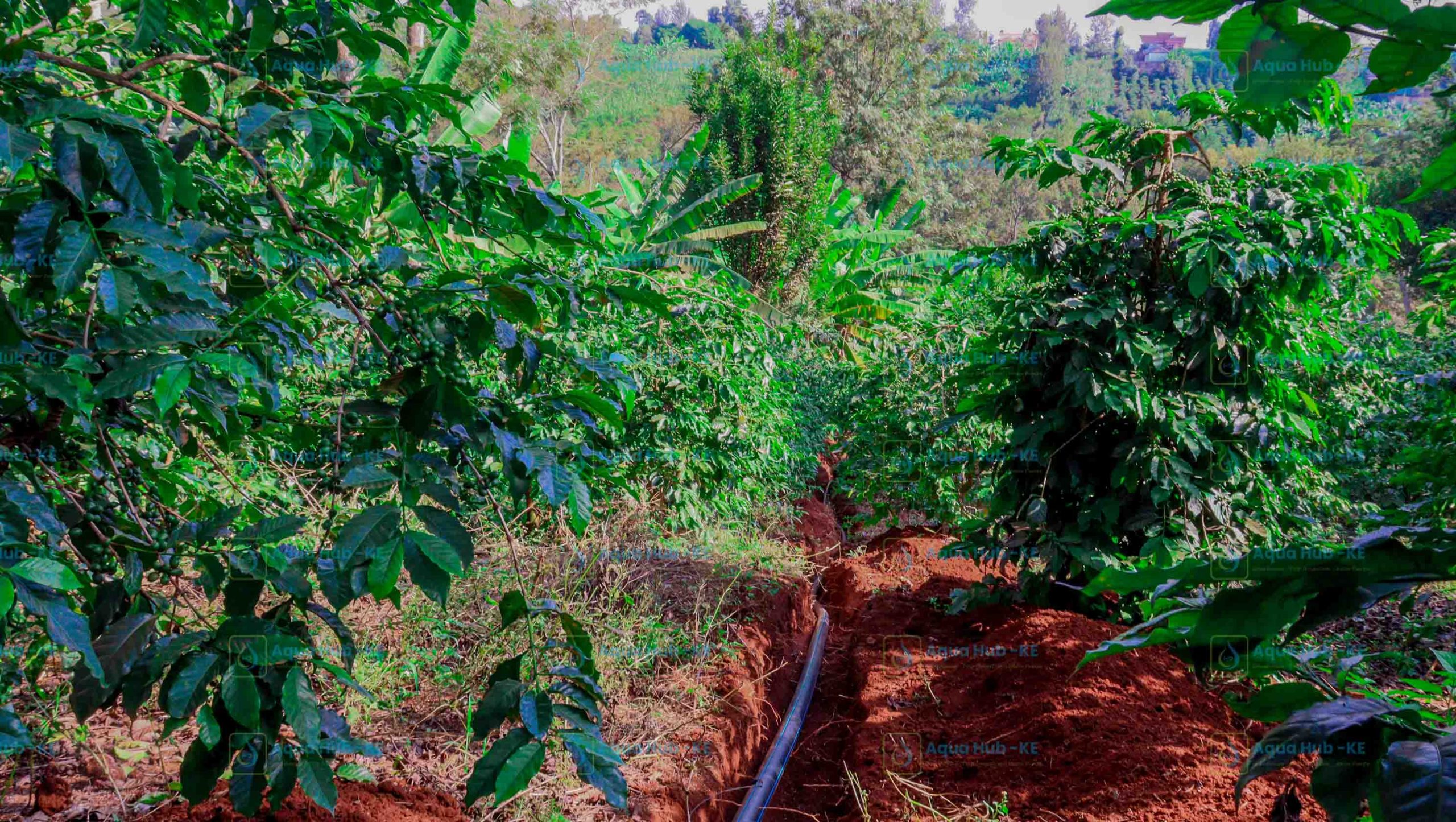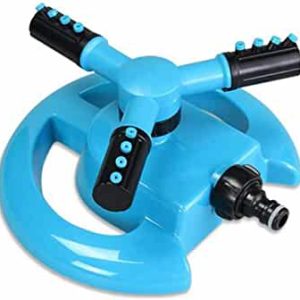Aqua Hub Kenya provides the best and highest quality Tomato and Onion Drip Lines. We can assist you in growing the best tomatoes and onions while conserving water. We offer and install tomato and onion drip systems to assist you to go from novice to seasoned grower. Drip irrigation is the most efficient technique to give water and nutrients to your tomatoes and onions. To water plants gradually without wetting the foliage, a small, foldable tube with a 34-inch diameter is utilized. In addition to providing and building drip lines for tomatoes and onions, we train farmers how to water their crops. Furthermore, we train farmers on the best agricultural strategies for increasing harvests.
What are Tomato and Onion Drip Lines?
Tomato and onion drip lines are specialized irrigation systems that are designed to provide a steady and precise flow of water directly to the roots of tomato and onion plants. These systems are composed of a main supply line that carries water from a source, such as a well or a municipal water supply, and a series of smaller drip lines that branch off from the main supply line.
Drip lines for tomatoes and onions typically have a series of emitters or small holes along the length of the line that releases water at a slow and steady rate. These emitters are usually placed close to the base of the plant, allowing the water to reach the root zone of the plant directly. This technique can conserve water, as the delivery of water is direct to the roots, and it prevents water loss due to evaporation or runoff.
The systems can also be equipped with a pressure regulator and filter to ensure a consistent flow rate and prevent clogging of the emitters, which can cause uneven watering or blockages. Additionally, the systems are often equipped with a timer that allows the user to schedule watering times, which can be especially useful when dealing with a large number of plants.
Drip irrigation systems are an efficient way to water tomato and onion plants, and they can help to conserve water and improve crop yields. They are especially useful for farmers who need to grow tomatoes and onions on a large scale. It is important to consider factors such as the size of the field, the number of plants, and water availability when designing and installing a drip irrigation system.
Tomato drip irrigation
Since there is no water contact with the leaves, drip irrigation is the best irrigation technique for tomatoes. The fungi that cause early and late blight are pre-cursors to excessive moisture on tomato leaves. Avoid employing pivots, impact sprinklers, rain hose kits, rain gun sprinklers, and other overhead irrigation systems.
Drip irrigation is the most efficient method of giving tomatoes water and nutrients. Plants are watered gradually and without the leaves getting soggy using a small, collapsible tube with a diameter of 34 inches. Drip tape is normally 8 to 10 millimeters thick and is buried 1 to 2 inches deep. The typical emitter or dripper spacing is 4 to 12 inches. One drip line, positioned about two inches from the plant, is required for each row of tomatoes. Flow rates for drip tapes vary. A medium-flow tape, which offers 0.5 gpm per 100 feet, is what most growers use. High-flow tape, which generates 0.8 to 1.0 gpm, can reduce clogging and shorten watering times.
One distinctive advantage of drip irrigation is the capacity to fertigate or inject water-soluble nutrients into the irrigation system. This strategy permits nutrients or water to be delivered as the crop grows rather than delivering all of the nutrients at once, either during or before planting.
Onion drip irrigation
Due to their weak root systems, onions can be watered too frequently to produce high yields and uniform bulbs. Drip irrigation is therefore a clear choice for growers of onions. You may attain consistency and get rid of illness in onion plants by watering precisely. Every season, onions require around 30 inches of water for a successful yield. This is the reason why drip irrigation is necessary for all commercial onion farmers in Kenya.
The key is to give your onions around 0.4 inches of water daily to get the best results. On your land, only a drip irrigation system can make this happen. Drip irrigation, which provides little amounts of water to the plant roots, will ensure that your onions receive the proper amount of water. The soil around onion plants should always be sufficiently wet, especially as the bulb grows. You’ll have a magnificent crop of onions once the onion season is through because of the good moisture.
You may avoid diseases brought by using excessive amounts of water by using drip irrigation to water your onions. Onions don’t do well with a lot of water, especially the bulb. Drip irrigation is the best way to ensure that your onions get the right amount of water to enhance production, avoid illness, and conserve water.
Prices of Drip Lines for Tomatoes and Onions
Regarding area and the number of lines per bed, we categorize our pricing. We also create custom projects to meet the demands of our clientele.
| Lines Per Bed | 1 Line | 2 Lines | 3 Lines |
| 1 Acre | 70,000 | 100,000 | 140,000 |
| 1/2 Acre | 40,000 | 50,000 | 70,000 |
| 1/4 Acre | 18,000 | 28,000 | 37,000 |
| 1/8 Acre | 13,000 | 18,000 | 23,000 |
Why Drip Lines for Tomatoes and Onions
Give your market the greatest quality possible.
Drip irrigation keeps the soil consistently wet, which controls excessive root development and lowers the chance of bulbs splitting.
Keep your fertilizers in use.
Since onion plants have a shallow, fibrous root system, rain ultimately pushes fertilizers given early in the season below the root zone, rendering the nutrients inaccessible to the crop. With precise fertigation, nutrients are consistently delivered, always reach the roots, and waste is removed.
More yield with fewer illnesses.
When irrigation happens using drip, it reaches the roots first, drying the leaves. Lack of leaf moisture dramatically lowers the incidence of foliar diseases like Peronospora and Downey Mildew, reducing crop loss and promoting up to 30% greater yields.
Phosphorus application that is efficient.
To thrive, onions require soluble phosphorus, yet phosphorus has little mobility in soil. As a result, while utilizing precision fertigation, you may apply consistent tiny amounts as close to the active root hairs as feasible, increasing the plant’s phosphorus uptake.
Aqua Hub provides Kenya’s finest and most economical drip lines. We also provide advice on which crops are most suited to each form of drip irrigation. For further information, call NAIROBI at 0790719020 or ELDORET at 0759372241.




